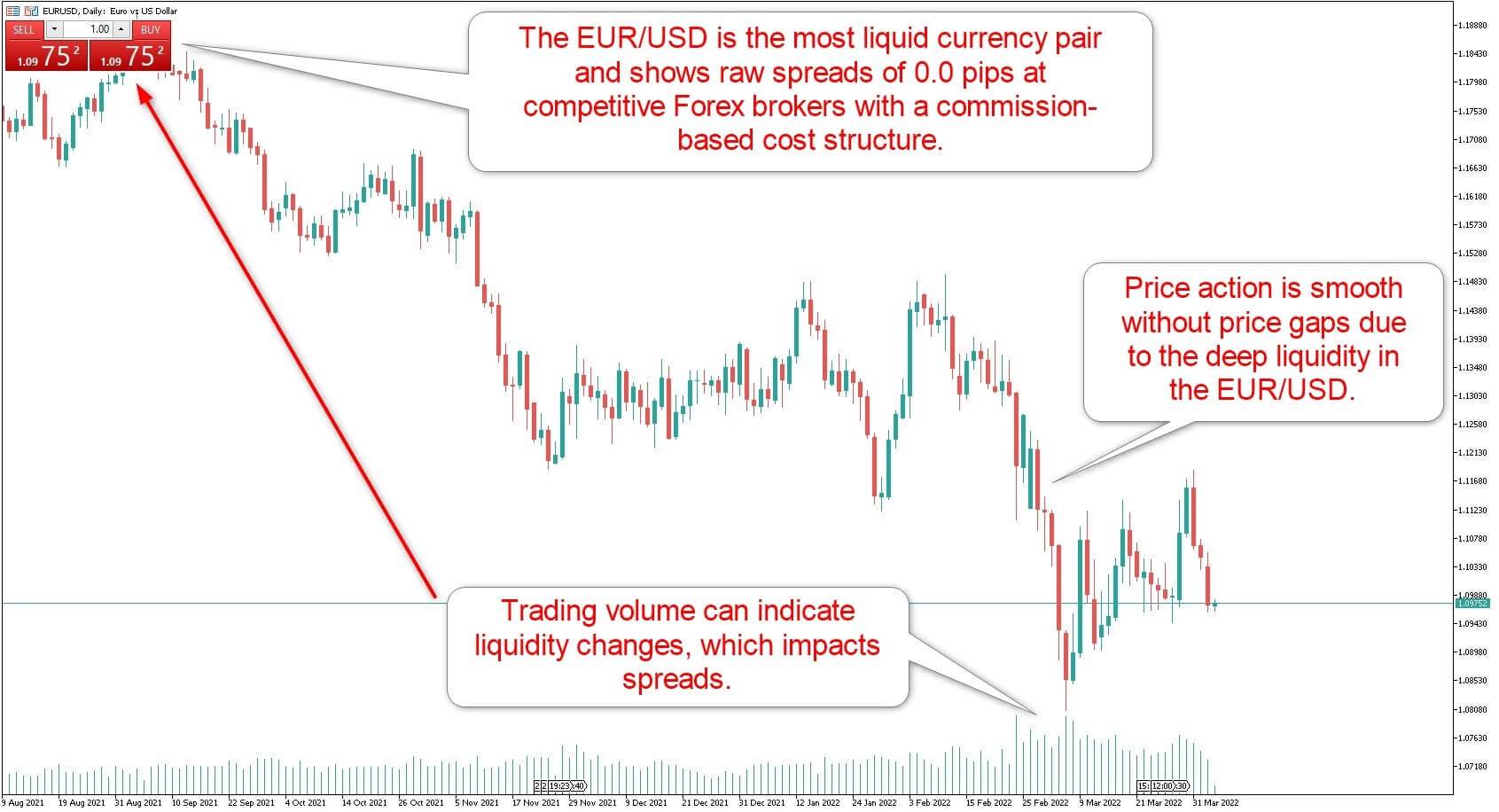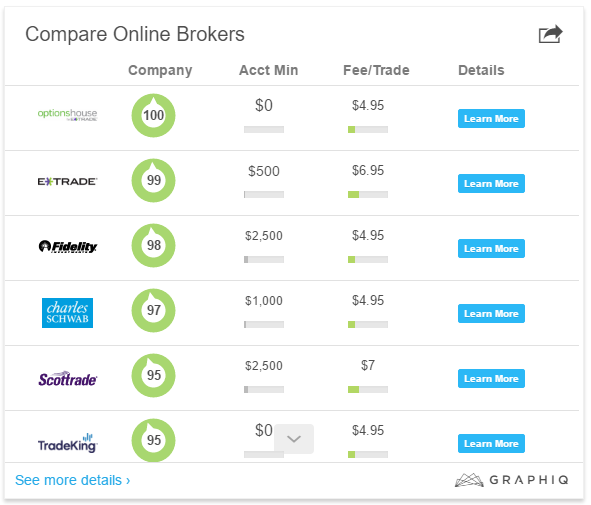
Diversification is a way to protect investors against the financial volatility and risks that come with business. Investing in various financial investments can reduce unnecessary risk, while balancing the potential for reward and risk. Even though some investors may be wary of spreading their assets across multiple investments, this strategy is great for long-term investors. Learn more about the benefits of this strategy and how you can get started. In this article, we'll discuss the three types of risk that investors face: unsystematic risk (the global economy is in recession), and systematic risk (wide changes in market structure).
Unsystematic risks are more localized and less global.
Diversifying your portfolios can help reduce unsystematic potential risk. There are two types of risks: systemic risk and unsystematic risk. Systemic risks are caused by macroeconomic variables such as changes to monetary policy, natural catastrophes, and geopolitical turmoil, which can affect entire countries or industries. Unsystematic risks, on the contrary, are caused by specific factors within an sector, such internal and externe risks that can affect one business. Diversification can reduce the impact of unsystematic risks by reducing them to a smaller and more regional level.

Systematic risks are broad structural changes that affect the market.
Recent concerns regarding systemic risk have been focused on investment banking. Complex financial contracts such as buying options are made by investment banks, and they can be subject to unexpected events. For example, Bank A might buy an option from Bank B and then fail due to bad investments in the housing market. Bank A could be adversely affected by Bank B's failure. Therefore, it is possible to invest in more than 20 stocks from different industries.
Portfolio diversification reduces volatility
One of the primary reasons that portfolio diversification is beneficial is that it minimizes the impact of the market's volatility. Diversification reduces volatility and decreases reliance on a single position. Columbia Management Investment Advisers has shown diversification decreases risk by decreasing correlation. Although volatility effects vary depending on the asset, the primary purpose of diversification to lower your portfolio's overall downside risk is the same.
It reduces the sensitivity to market swings
By dividing your portfolio into several asset classes, you reduce your sensitivity to market swings. Diversifying your portfolio will reduce the adverse effects of any single event, as different assets react differently to adverse events. Your portfolio should be diversified to increase your exposure and potential return from foreign markets. The volatility in the United States can have no impact on European markets.

It reduces inflation risk
Diversification is essential when investing because it lowers your risk of being exposed to systematic and idiosyncratic risk. Idiosyncratic is when an investment loses value because it is not stable. Systematic risk is when one asset relies on another for its performance. Diversification reduces these risks by holding assets with low correlation to each other. These investments won't be affected by the same factors as a single asset, so your overall risk will be less.
FAQ
How are shares prices determined?
Investors who seek a return for their investments set the share price. They want to earn money for the company. So they buy shares at a certain price. The investor will make more profit if shares go up. The investor loses money if the share prices fall.
An investor's primary goal is to make money. This is why they invest. This allows them to make a lot of money.
Why is it important to have marketable securities?
An investment company's primary purpose is to earn income from investments. It does so by investing its assets across a variety of financial instruments including stocks, bonds, and securities. These securities offer investors attractive characteristics. They may be considered to be safe because they are backed by the full faith and credit of the issuer, they pay dividends, interest, or both, they offer growth potential, and/or they carry tax advantages.
Marketability is the most important characteristic of any security. This is the ease at which the security can traded on the stock trade. You cannot buy and sell securities that aren't marketable freely. Instead, you must have them purchased through a broker who charges a commission.
Marketable securities include common stocks, preferred stocks, common stock, convertible debentures and unit trusts.
Investment companies invest in these securities because they believe they will generate higher profits than if they invested in more risky securities like equities (shares).
What is a Stock Exchange exactly?
Companies sell shares of their company on a stock market. This allows investors to purchase shares in the company. The market decides the share price. It is typically determined by the willingness of people to pay for the shares.
Companies can also raise capital from investors through the stock exchange. Investors invest in companies to support their growth. Investors buy shares in companies. Companies use their funds to fund projects and expand their business.
There are many kinds of shares that can be traded on a stock exchange. Some are known simply as ordinary shares. These are the most common type of shares. These are the most common type of shares. They can be purchased and sold on an open market. Stocks can be traded at prices that are determined according to supply and demand.
Other types of shares include preferred shares and debt securities. When dividends are paid out, preferred shares have priority above other shares. These bonds are issued by the company and must be repaid.
Can bonds be traded
The answer is yes, they are! Like shares, bonds can be traded on stock exchanges. They have been for many, many years.
The difference between them is the fact that you cannot buy a bonds directly from the issuer. You will need to go through a broker to purchase them.
Because there are less intermediaries, buying bonds is easier. This means that selling bonds is easier if someone is interested in buying them.
There are many kinds of bonds. Different bonds pay different interest rates.
Some pay interest annually, while others pay quarterly. These differences make it easy for bonds to be compared.
Bonds are very useful when investing money. If you put PS10,000 into a savings account, you'd earn 0.75% per year. If you were to invest the same amount in a 10-year Government Bond, you would get 12.5% interest every year.
If you put all these investments into one portfolio, then your total return over ten-years would be higher using bond investment.
What is security in a stock?
Security is an investment instrument whose worth depends on another company. It may be issued either by a corporation (e.g. stocks), government (e.g. bond), or any other entity (e.g. preferred stock). The issuer promises to pay dividends to shareholders, repay debt obligations to creditors, or return capital to investors if the underlying asset declines in value.
Statistics
- For instance, an individual or entity that owns 100,000 shares of a company with one million outstanding shares would have a 10% ownership stake. (investopedia.com)
- Our focus on Main Street investors reflects the fact that American households own $38 trillion worth of equities, more than 59 percent of the U.S. equity market either directly or indirectly through mutual funds, retirement accounts, and other investments. (sec.gov)
- The S&P 500 has grown about 10.5% per year since its establishment in the 1920s. (investopedia.com)
- "If all of your money's in one stock, you could potentially lose 50% of it overnight," Moore says. (nerdwallet.com)
External Links
How To
How to trade in the Stock Market
Stock trading refers to the act of buying and selling stocks or bonds, commodities, currencies, derivatives, and other securities. Trading is French for "trading", which means someone who buys or sells. Traders sell and buy securities to make profit. It is one of the oldest forms of financial investment.
There are many ways you can invest in the stock exchange. There are three types of investing: active (passive), and hybrid (active). Passive investors watch their investments grow, while actively traded investors look for winning companies to make a profit. Hybrid investors use a combination of these two approaches.
Passive investing is done through index funds that track broad indices like the S&P 500 or Dow Jones Industrial Average, etc. This type of investing is very popular as it allows you the opportunity to reap the benefits and not have to worry about the risks. You just sit back and let your investments work for you.
Active investing involves selecting companies and studying their performance. An active investor will examine things like earnings growth and return on equity. They then decide whether or not to take the chance and purchase shares in the company. If they feel that the company is undervalued, they will buy shares and hope that the price goes up. On the other hand, if they think the company is overvalued, they will wait until the price drops before purchasing the stock.
Hybrid investments combine elements of both passive as active investing. A fund may track many stocks. However, you may also choose to invest in several companies. In this case, you would put part of your portfolio into a passively managed fund and another part into a collection of actively managed funds.